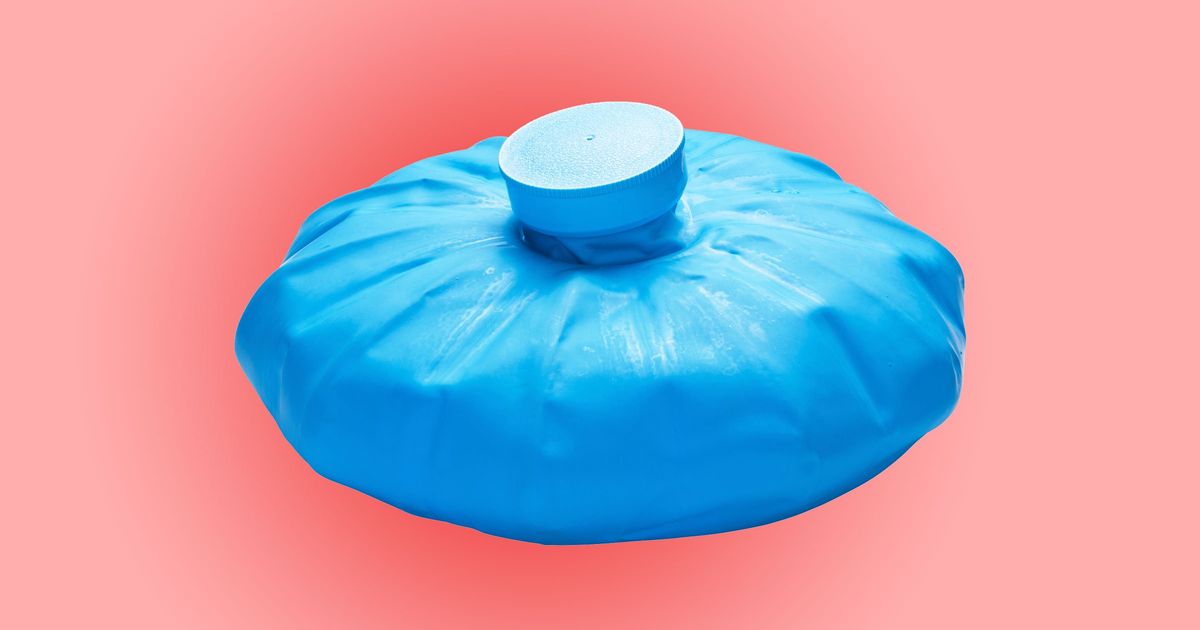Treating And Preventing Piriformis Syndrome
Piriformis syndrome is a painful, musculoskeletal condition that causes radiating hip and leg pain. The piriformis muscle is a diagonal band that runs from the lower sacrum to the greater trochanter of the femur. The sciatic nerve is the largest nerve in the body, originating from the lumbar spine and running across the hip and down the legs. In some individuals, the sciatic nerve is trapped by the piriformis muscle, and the subsequent nerve compression can generate numbness, tingling, and pain in the buttocks or down the back of the leg. Piriformis syndrome can be debilitating, but there are several ways to treat it and prevent it from becoming worse. Get familiar with these now.
Cold And Hot Compresses

The application of heat and ice serve two different purposes in the treatment of inflammatory injuries. When an area of tissue becomes injured, it activates a chain reaction of biochemical events known collectively as the inflammatory response, intended to increase blood flow and activate healing. It is painful, though, as the area becomes inflamed and swollen. Cold compresses or ice packs can reduce the swelling associated with inflammation and stave off some of the pain. Patients don’t want to delay healing, though, so alternately applying cold and hot compresses can help reduce the inflammatory pain of the irritated sciatic nerve while still allowing good blood flow to bring in the necessary nutrients to heal the area.
Physical Therapy And Chiropractic Care

Physical therapy and chiropractic care can offer many solutions to sciatic nerve pain. Physical therapists can help diagnose piriformis syndrome and devise an exercise and stretching routine that can help reduce pain. When the piriformis muscle becomes tight, brought on by exercise, heavy lifting, prolonged periods of sitting, or poor posture, this increases the likelihood of entrapment and irritation of the sciatic nerve, which runs alongside the piriformis. Physical therapists can use massage and stretching techniques to loosen the piriformis and reduce nerve inflammation. Additional leg, hip, and core muscle exercises may be implemented to help strengthen and support the areas around the piriformis as well.
Chiropractors are healthcare providers that specialize in the treatment of spinal misalignment and associated neuromuscular disorders. Misalignment of the lower lumbar spine and sacrum/sacroiliac joint is a common problem. If the sacrum is rotated, it can add extra tension to the piriformis. A chiropractor can slowly correct the offending sacral rotation and relieve the pressure placed on the sciatic nerve.
